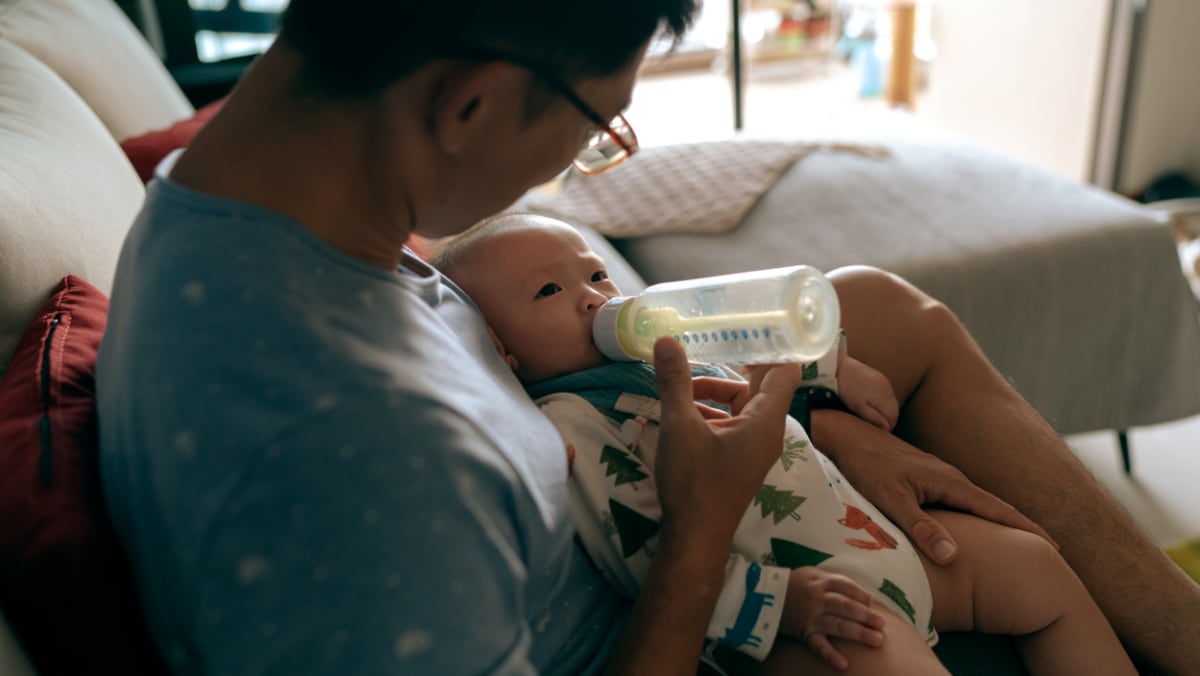
Faesol, a food technological company with around 20 employees, said it does not foresee extra paternity leave giving rise to manpower issues, due to the way it is structured.
At least one person can take over when an employee goes on leave, said Mr Lim Ye Sen, co-founder and chief technology officer, adding that the company is waiting to see how longer paternity leave arrangements play out elsewhere in his industry.
“It really has to be a culture as well. It cannot be like, the person is going on paternity leave and everything stops, the whole world stops. The show has to carry on,” said Mr Lim.
“It’s also some responsibility for the company owners to structure certain things in order to make (the business) sustainable.”
He noted that having more paternity leave could also help mothers be less tired – and in turn help mothers in companies work better.
Some multinationals and larger employers, including banks, have committed to increasing their paternity leave entitlements. So has IHH Healthcare Singapore, a healthcare provider operating four hospitals here.
“We trust that a supportive leave policy can enhance employee satisfaction and help with attraction and retention in the long run, benefitting the company,” said a spokesperson.
Twenty five per cent of its staff are male, and the paternity leave take-up rate in the past few years has been “modest”, he added.
The National University of Singapore’s Associate Professor Vincent Chua said a family-supportive culture will help companies in the long run, when word goes around that the business cares for parents.
“There is a generational shift in tolerance for taskmasters; they are going out of fashion. It may have worked in the past, but the logic of ‘profits-over-people’ is out of sync with more recent cohorts,” said Assoc Prof Chua, who is from the department of sociology and anthropology.
DADS WITH “NO REGRETS”
Fathers who had children in recent years told CNA that longer paternity leave would have helped them cope better with the stresses of having a newborn.
For his first child born in 2020, venture capitalist Looi Qin En took two weeks of annual leave on top of the entitled two weeks of paternity leave.
“Paternity leave was very important as it was a chance for me to support my wife and newborn child through a critical period,” the 30-year-old said.
“As a first-time father, I decided to take a full month off to adjust to parenthood roles, and it was a decision I have no regrets on and highly recommend other parents to (take as much leave as possible).”
Data analyst Jared Koh, a father to two young daughters, said spreading out an increased length of paternity leave would give dads time to accompany children on medical checkups – and give mothers some breathing space.
The 39-year-old said having four weeks of paternity leave in total also leaves some room for “self-care”, especially for first-time parents feeling drained from new responsibilities.
Agreeing, civil servant Chen Zhang Xiang, 34, said that if given four weeks of paternity leave, he would have staggered it.
“That way (my wife) gets more support when needed, I get to have breaks to catch up on sleep during the day as well, rather than going in work tired every day (after waking up at night to feed my child),” said Mr Chen, whose child was born in 2022.
All three fathers said they had supportive employers who prepared in advance for their absence. However, while on paternity leave, they still ended up working in their spare time.

